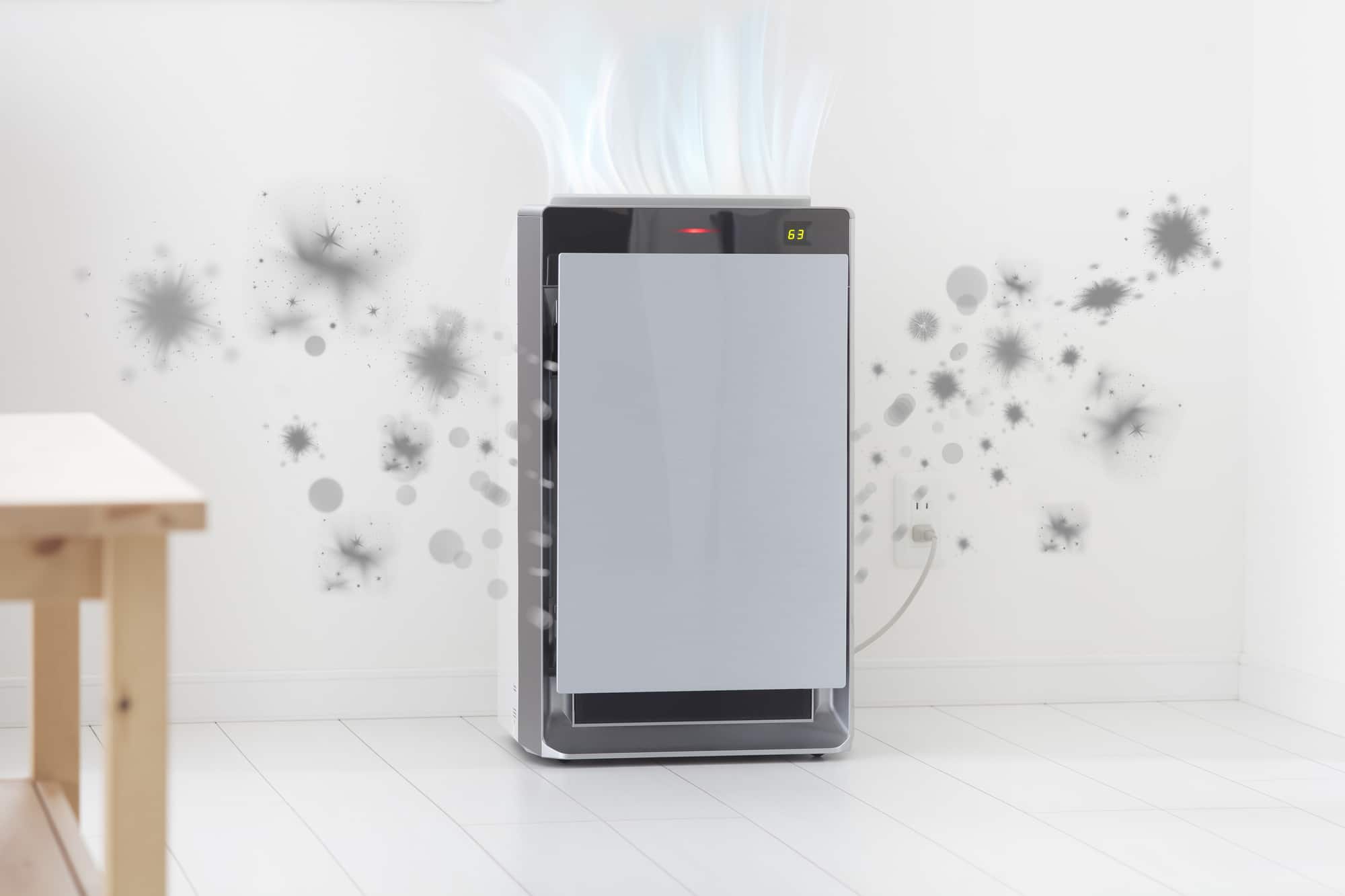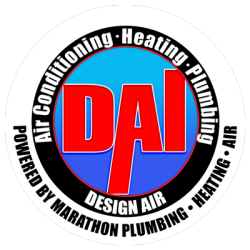
Could the air in your house be making you sick?
It’s a bigger problem than you might think. While most people worry about a smoggy day outdoors, we tend to think of our homes as a refuge from air quality issues.
But sometimes indoor air quality is so bad it can give us “sick building syndrome.” Even if your indoor environment feels fine, some pollutants can still cause long-term health problems such as cancer.
That’s scary news. The good news is that you can do something about your indoor air quality with education and a little work.
Not sure where to start? Read on to learn about indoor air quality standards for these common pollutants:
Particulate Matter (PM)
PM, or Particulate Matter, refers to physical substances in the air. PM 2.5 is a particulate substance that’s 2.5 microns or smaller–which means it’s too small to be seen by the human eye. Particles this small can penetrate deep into the respiratory system and even enter the bloodstream.
The most common indoor sources for PM2.5 include cigarette smoke, cooking exhaust, and fireplaces. The EPA has set 35 microns per cubic meter averaged over a 24-hour period as the threshold for excessive outdoor PM2.5 exposure. Indoors, however, normal activities such as cooking can cause sharp PM2.5 spikes above this standard.
VOCs
Volatile organic compounds (VOC) are gaseous chemicals that slowly (or quickly) emit from a wide range of human-made goods. VOCs are common in household cleaners, paints, vinyl, and even furniture. If you can smell fresh wall paint or a “factory smell” from new household items, chances are you’re being exposed to VOCs.
VOCs have been tied to the eye and respiratory irritation, headaches and nausea, and even organ damage. One of the most dangerous and common VOCs indoors is formaldehyde, a carcinogenic gas. Scientists believe that indoor air formaldehyde over 0.1ppm can damage human health.
Radon
Radioactivity is probably the last thing you’re thinking about while trying to make your home safer. But the CDC estimates that one out of every fifteen homes has high radon levels, a gas produced when radioactive soil breaks down. Radon is invisible, odorless, and can occur at high levels in any home.
Radon is the second leading cause of lung cancer in the U.S., and smokers exposed to radon experience an especially high cancer risk. OSHA requires workplaces to keep their workers’ exposure levels under 100 pCi/L for a forty-hour workweek. Because we spend more time at home, however, levels there should be much lower.
Mold and Other Biological Contaminants
Beloved pets, not-so-beloved vermin, dust mites, and mold in musty air ducts are all living things that can affect indoor air quality.
Some of the related contaminants, such as cat dander, only affect people with specific allergies. Others can cause more widespread health issues. Childhood mold exposure, for example, has been tied to an increased risk of asthma later in life.
You Can Meet Indoor Air Quality Standards
Many of these pollutants sound inescapable. After all, who wants to stop cooking because the stove is causing a spike in air pollution? While it’s difficult to purify indoor air totally, it is possible to bring it well within human safety standards–without giving up a normal life.
Avoid air quality “spikes” by cutting out indoor smoking and searching for low-VOC paints and home goods. Adequate ventilation will make a huge difference when you can’t totally avoid pollutants. Noxious air will quickly clear out of a well-ventilated area, while pollutants can accumulate quickly in a poorly ventilated one.
Get Expert Help
At Design Air, we’ve helped many families feel safe and comfortable breathing in their homes again. We provide a wide range of services. Duct cleaning can eliminate troublesome mold issues, while QuietCool Whole House fans can increase ventilation and comfort in every room.
Contact us today to learn more about keeping your home healthy. Researching indoor air quality standards can feel scary, but you have the power to make positive changes.

